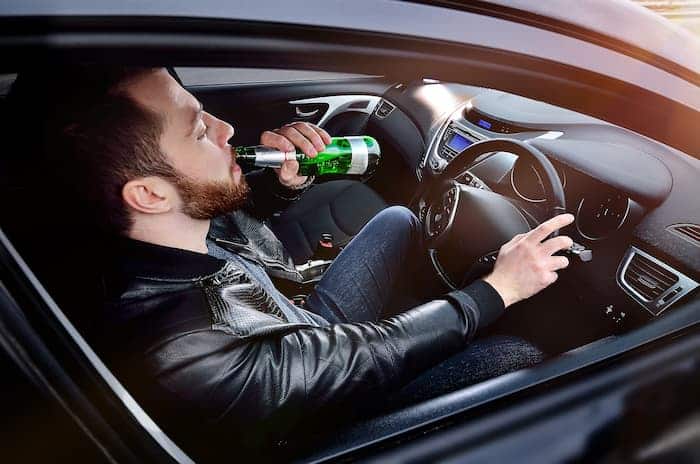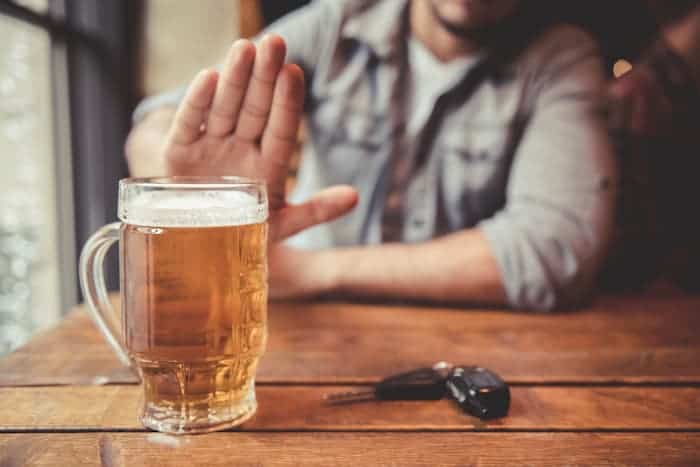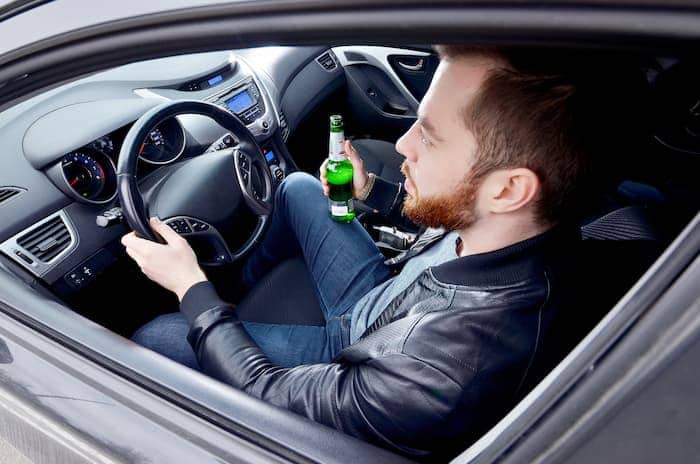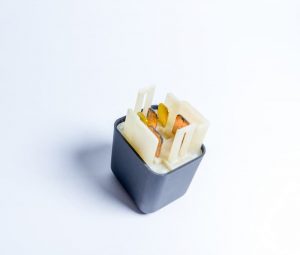A startling 20% of drivers admit to driving the morning after a night of heavy drinking – while still intoxicated. But what limit is legal, and how long after drinking can you drive? According to road safety charity organization Brake, one in five motorists admitted to hitting the road first thing after a drinking escapade. Some people feel that just because they’ve slept means they’re safe to drive, but you still could be over the limit when you wake up. The amount of alcohol in your bloodstream is determined by three factors:
- The amount you consume.
- The length of time you consume it.
- The speed at which your body eliminates it.
To avoid sounding like an after-school special, drinking and driving are incompatible. Alcohol has several effects on your driving skills. The most notable example is alcohol:
- Impairs your decision-making – making it hard to avoid bright blinding headlights.
- Your reaction time will be substantially slowed
- It makes it difficult for you to concentrate on driving
- It has an impact on your ability to drive or manage the speed of the car
- Coordination is affected
- It prevents you from tracking moving objects
The rate of alcohol metabolism varies a lot depending on who you are and what you’re doing. Your liver has the ability to process about one ounce of liquor every hour, which is about one standard drink. Also, it is important to know that not all alcoholic beverages are made equal. Some have higher alcohol content than others. Also, what you think of as one bottle of drink could be more (sometimes a lot more) than what’s considered usual. Here are some general predictions for how the body metabolizes alcoholic drinks:
- 1 hour for a little shot of whisky
- 2 hours for a glass of beer
- 3 hours for a big glass of wine
Legal drink driving limit

The legal limit in Wales and England is 35 micrograms per 100 milliliters of breath or 107 milligrams per 100 milliliters of urine or milliliters. This limit was set when the Road Safety Bill was introduced in 1966. The breathalyzer was first used to assess a person’s blood-alcohol level in 1967. In 2014, the limit in Scotland was decreased to 50 milligrams of alcohol per 100 milliliters of blood. The alcohol equivalent in the breath was reduced to 22 micrograms per 100 milliliters of breath.
The limit in most other European countries is lower, often 50 milligrams per 100 milliliters of blood. Most European countries have a 50mg limit, which is reduced to 20mg or 30mg for drivers with less than two years on the road.
The national limit in the United States is 80mg, although “driving under the influence” or DUI does not require someone to have a specific blood alcohol level. Australia has a 50mg limit across the board for older drivers, but most states have a zero-tolerance stance for inexperienced drivers.
Some African countries, such as Ethiopia and Malawi, have no legal drink-driving limits, while others have a zero-tolerance policy.
What quantity of alcohol can you drink and still be under the limit

The amount of alcohol consumed before considering the limit varies by person. It is dependent on:
- Your age, sex, weight, and metabolism are all factors to consider
- What kind of alcohol you’re drinking, and how much of it you’re consuming
- Are your stress levels high?
- What food you’ve eaten
One alcoholic unit equals 10 ml (8 g) of pure alcohol. A pint typically contains one to two units. Depending on the intensity and size of the glass, a glass of wine might be anywhere from one to three units. After one or two drinks, some people may be fine to drive, while others may be over the limit after just one.
How can alcohol be quickly removed from the body

The rate at which alcohol is eliminated from the blood is around one unit per hour; however, this varies among individuals.
According to the NHS, the rate at which your body processes alcohol is affected by your age, sex, weight, metabolism, liver health, the type and strength of the alcohol you’ve taken, the quantity of food you’ve eaten, and whether you’re on medication.
Conclusion
If you’re unsure whether driving is safe for you, err on the side of caution and don’t drive. With a drunken-driving accident; killing people every 50 minutes in the United States, your best bet is to avoid driving after drinking. Before drinking, make other plans for a transport home. Furthermore, it’s not only alcohol that impedes a driver’s vision. Oxidized headlights can do that as well. To avoid any hindrance to your beam’s full strength and distance of sight at night, make sure you restore your car headlight lenses at least twice in 6 months depending on the weather and other factors that may lead to foggy headlights.






